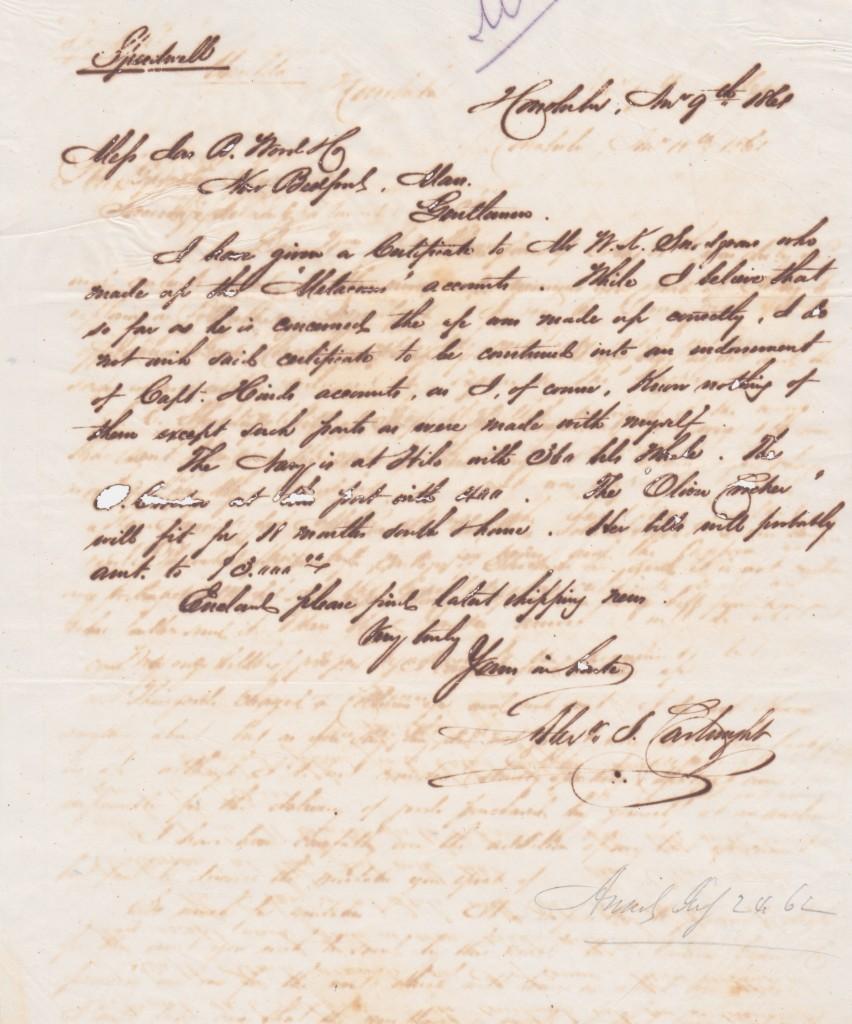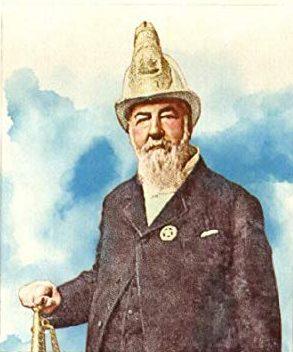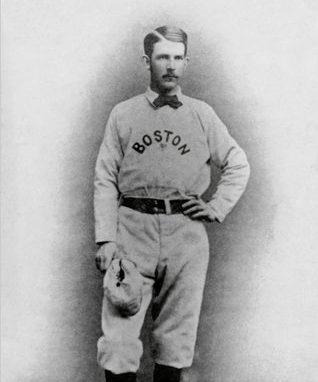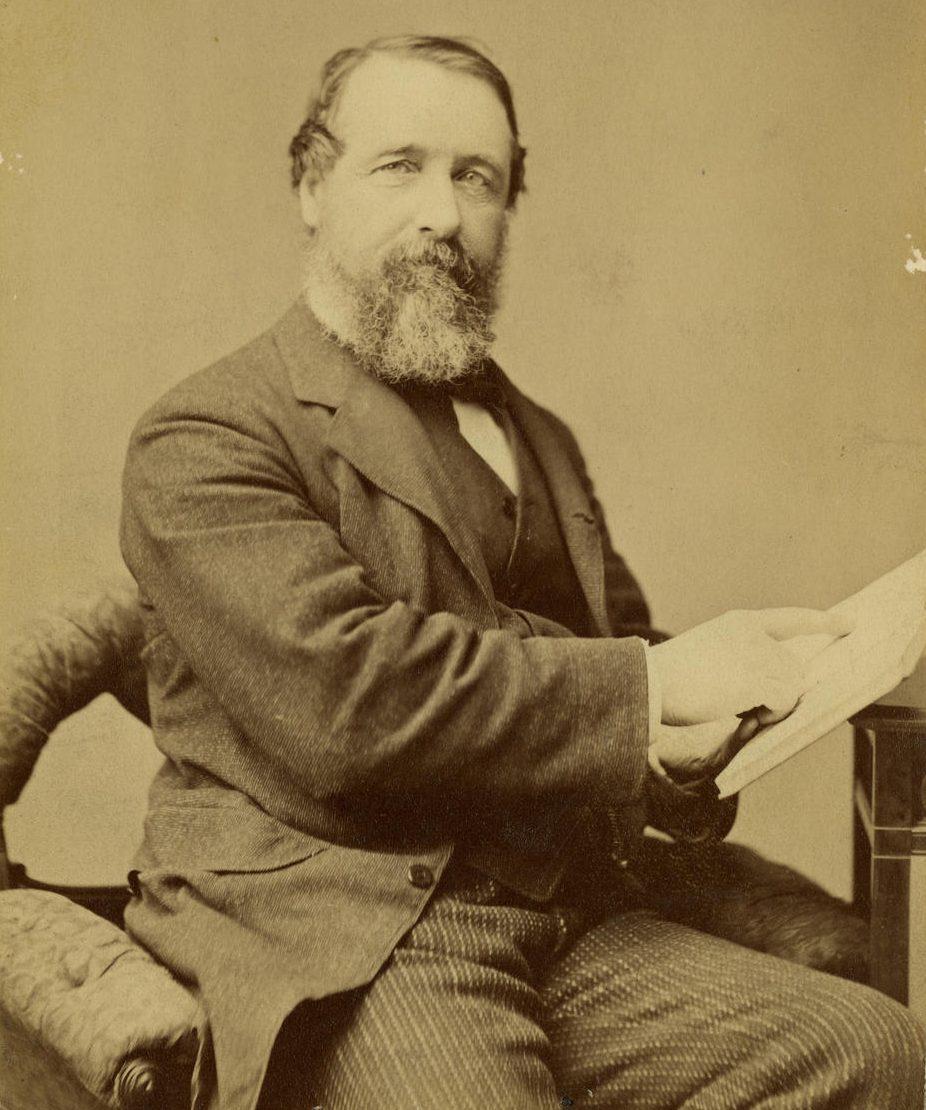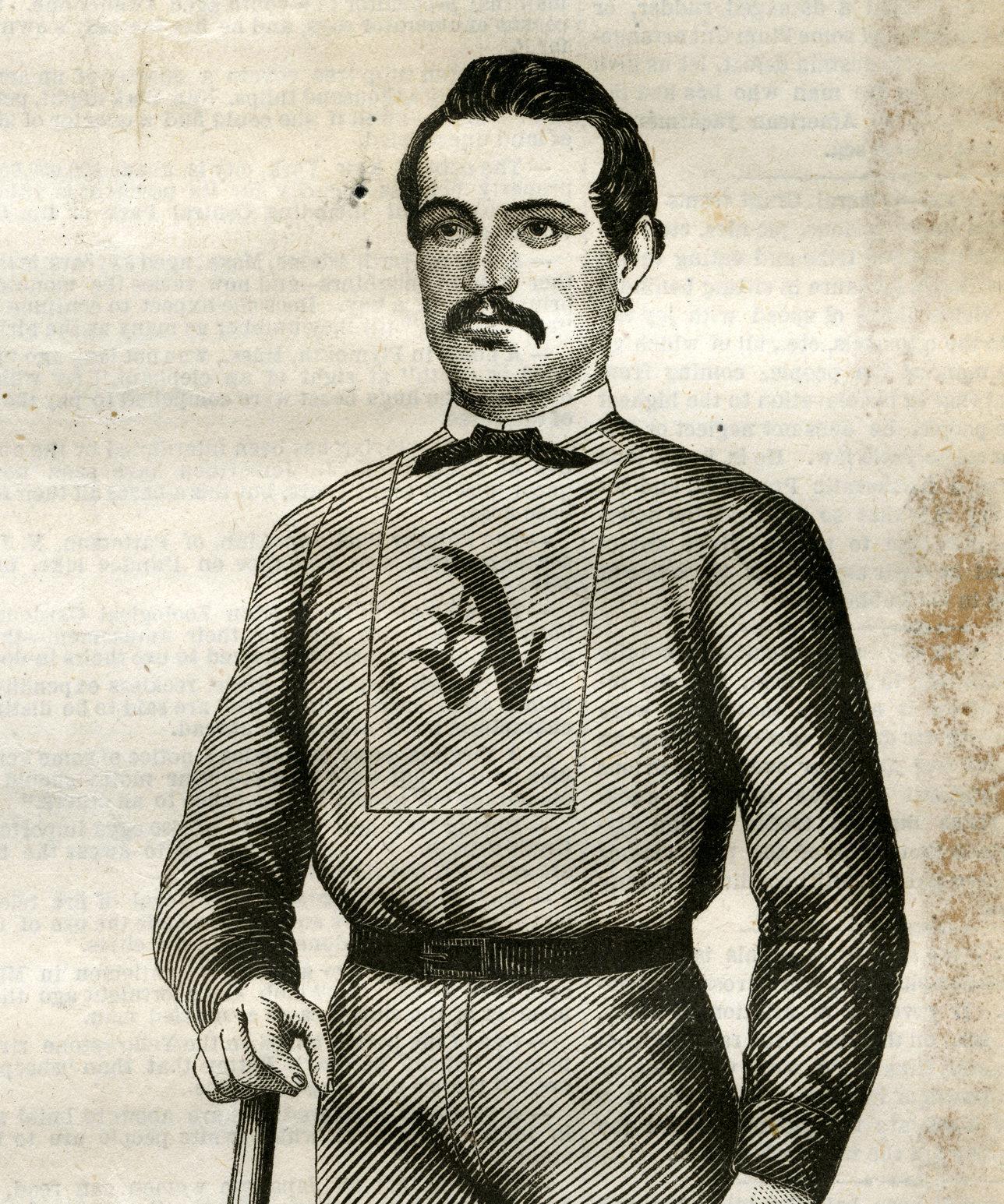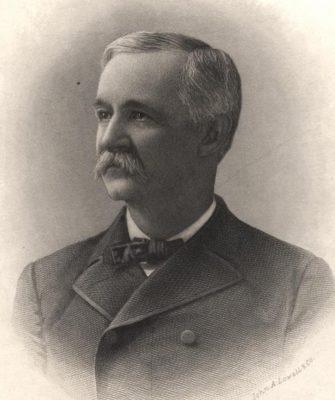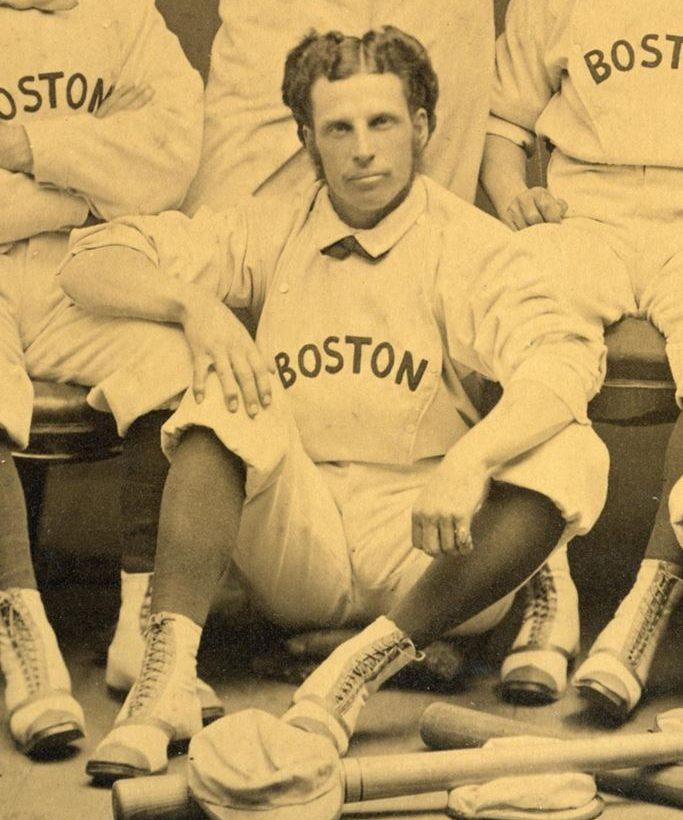Abner Doubleday
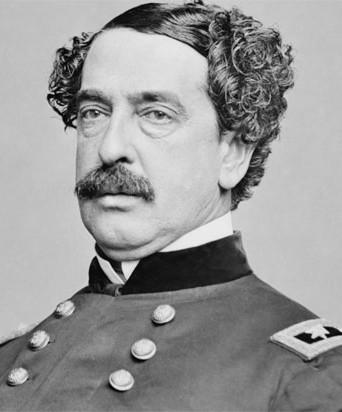
| Birthdate | 06/26/1819 |
| Death Date | 01/26/1893 |
| Debut Year | |
| Year of Induction | |
| Teams | US Army |
| Position | War General |
At one time Abner Doubleday was widely accepted as “The Father of Baseball” though it’s unlikely he ever even witnessed a baseball game.
Leave a commentIn the collection:
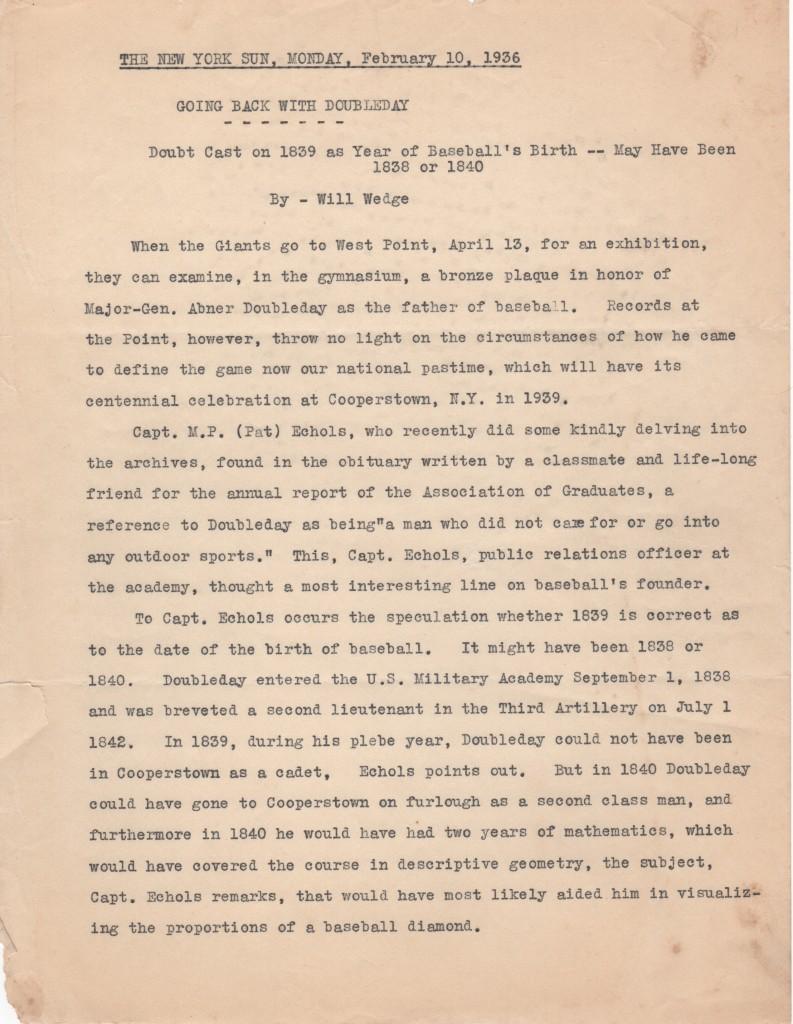
Civil War general Abner Doubleday likely never saw a baseball game
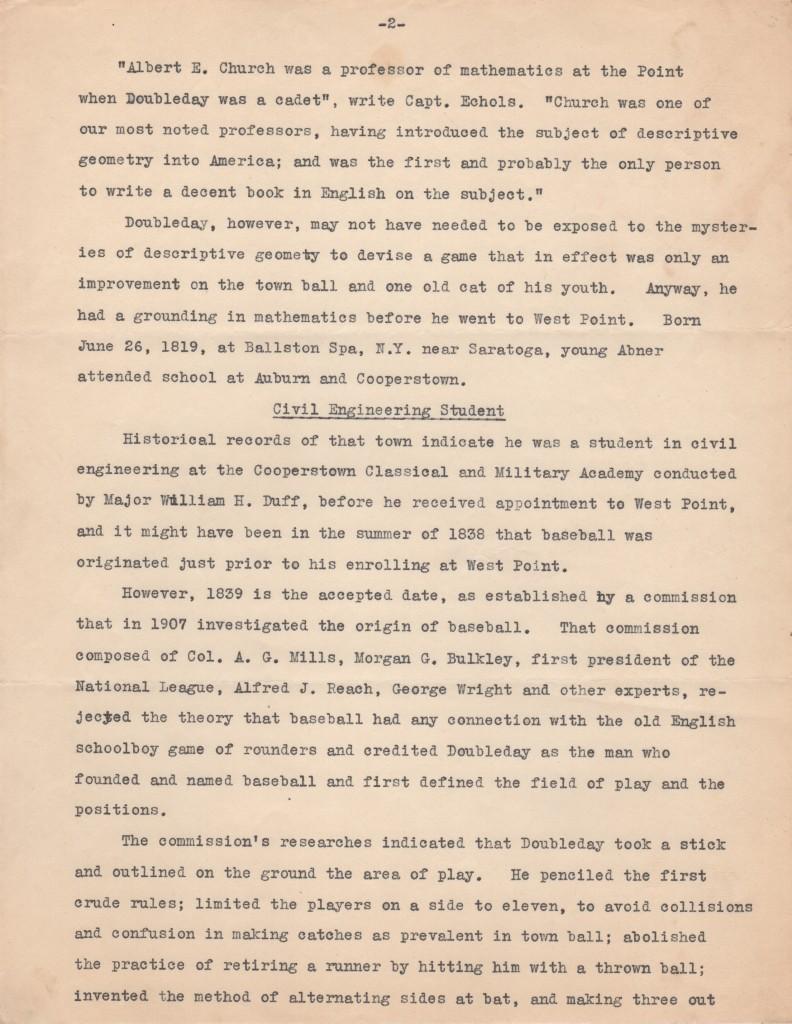
The Mills Commissioner identified Doubleday as the game's originator
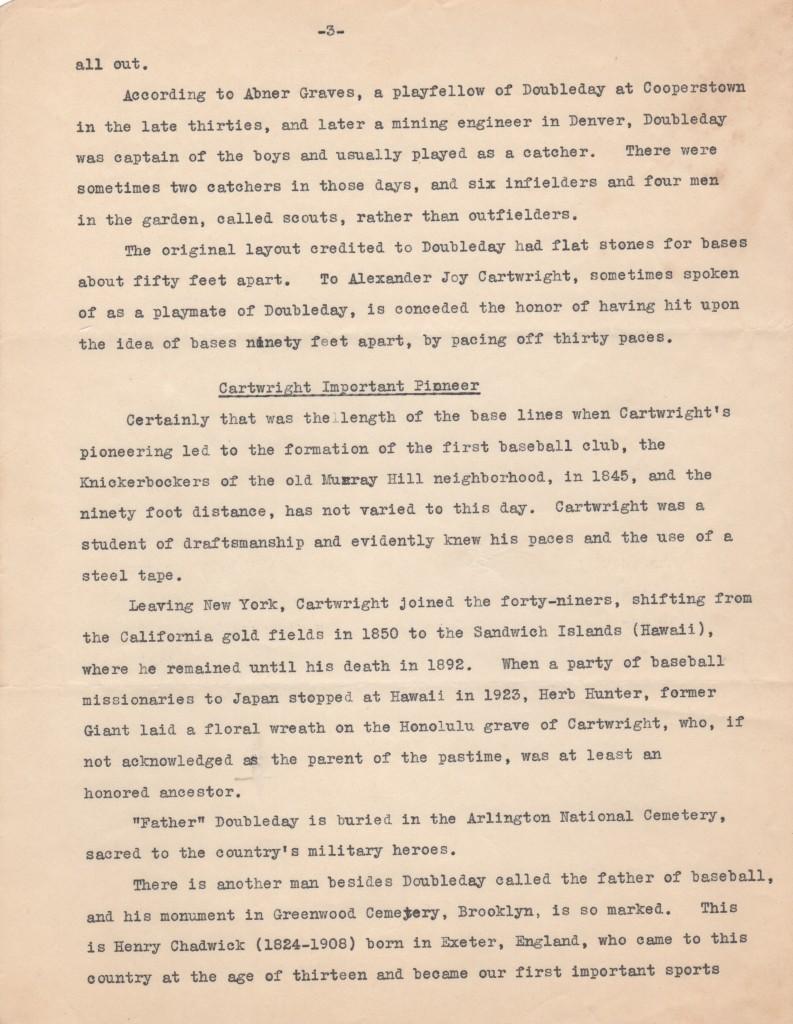
Alexander Cartwright and Henry Chadwick had much to do with the game's invention
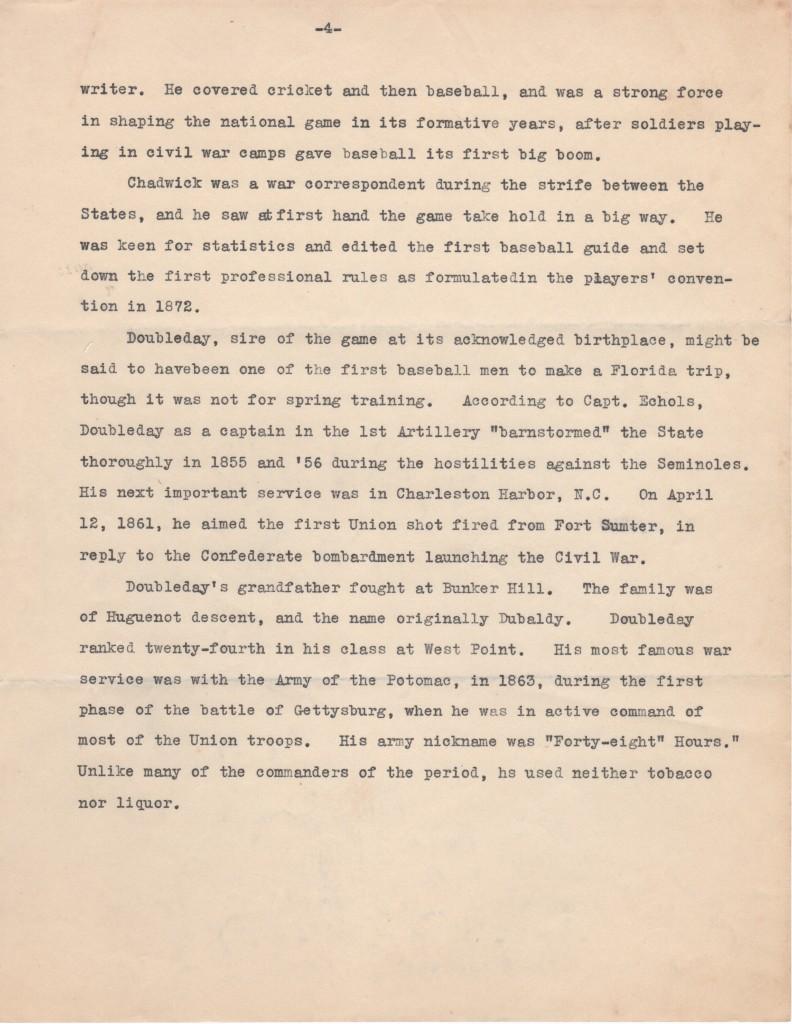
Henry Chadwick is credited with creating statistics and the box score

Alexander Cartwright's grandson worked on behalf of his grandfather
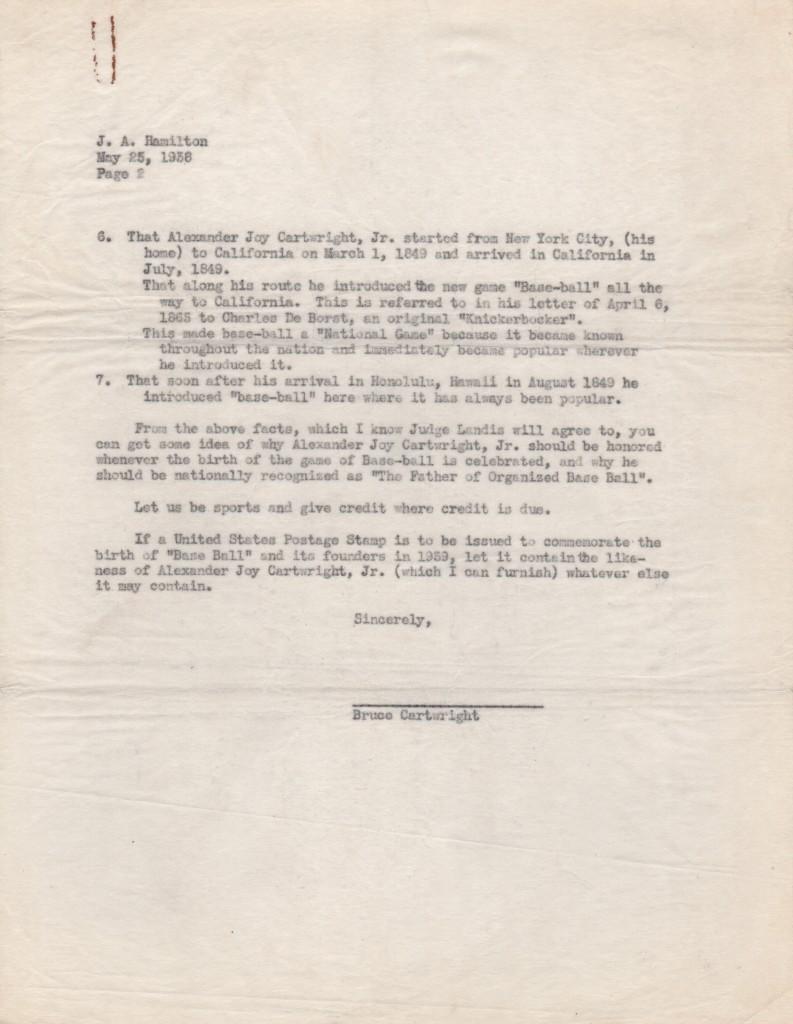
Alexander Cartwright reached the Baseball Hall of Fame in 1938
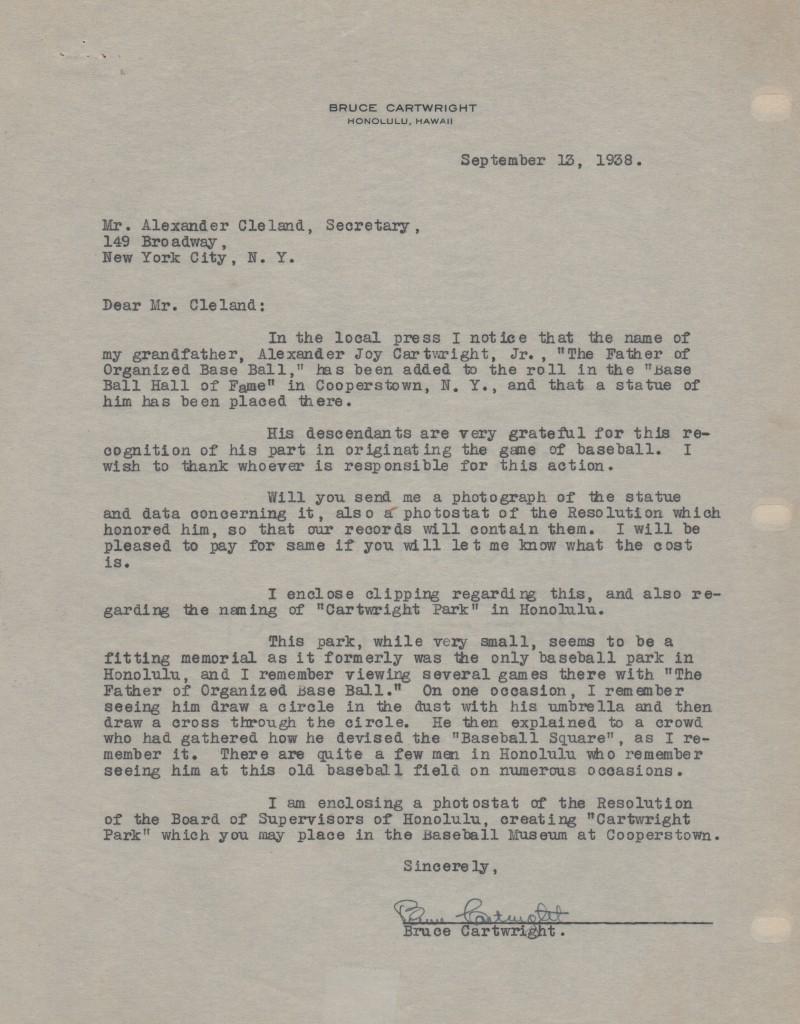
Cartwright's grandson calls Alexander "The Father of Organized Base Ball"
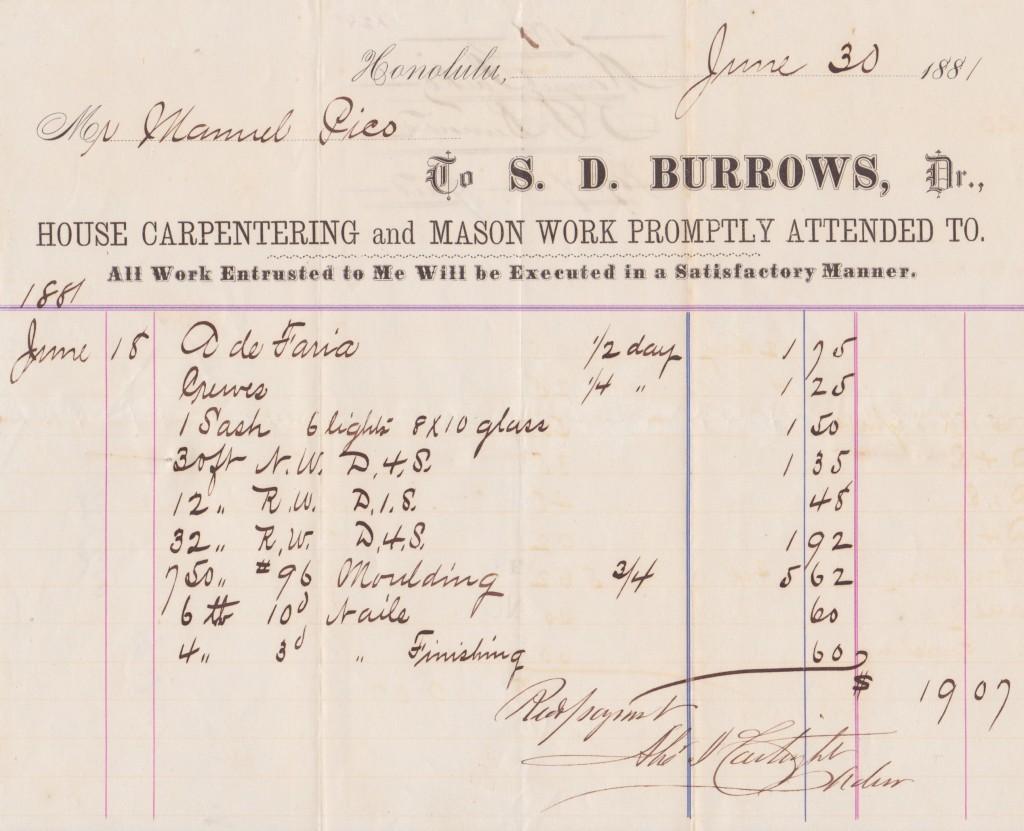
Alexander Cartwright's autograph on a woodworking receipt from 1883
